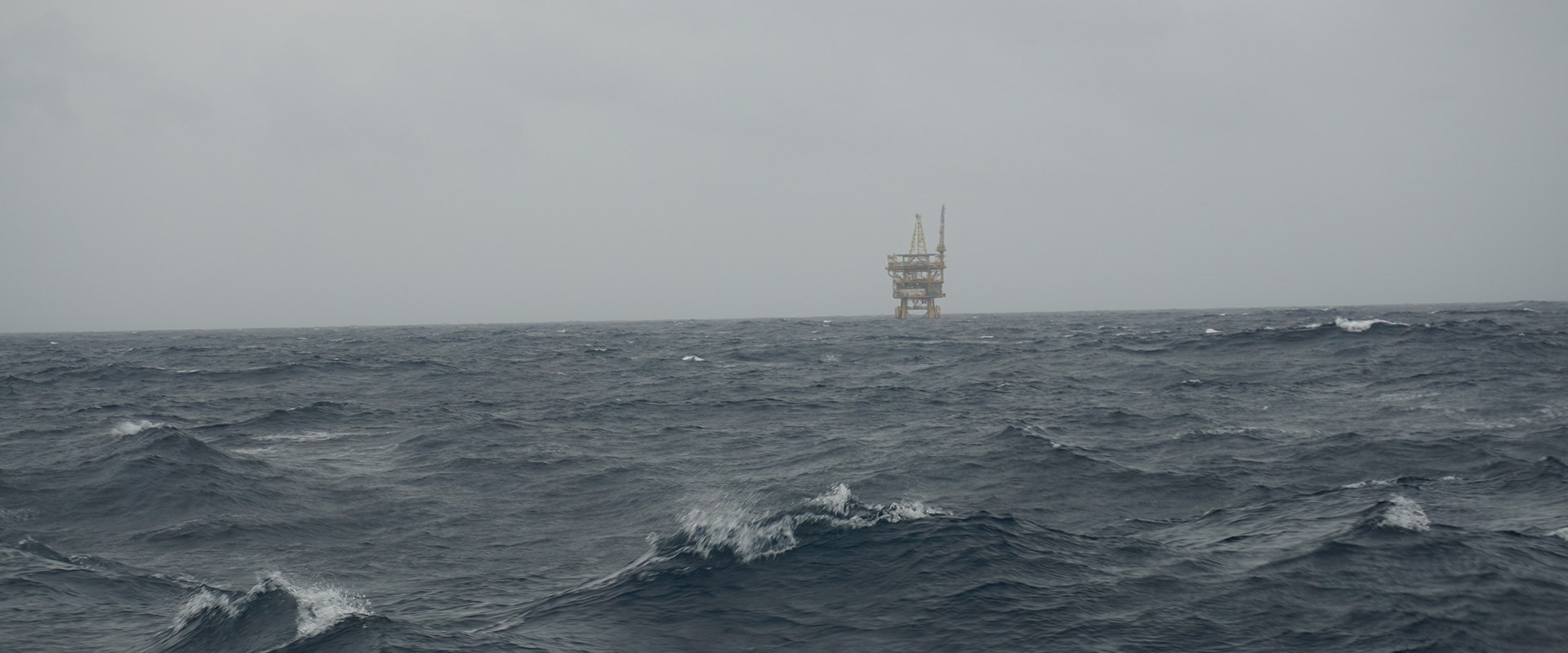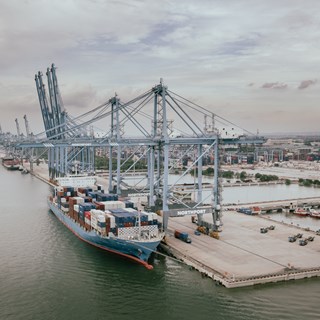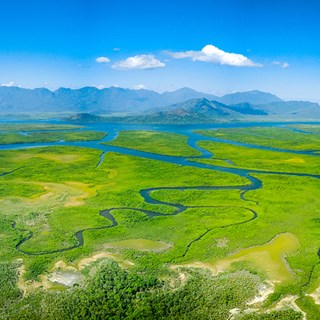
Keeping an eye on critical assets during extreme weather events
Preparing offshore and nearshore energy projects for tropical storms.
31 March 2021
Few natural disaster events can compare to the frequent devastation brought to bear by tropical storms. In the US, ‘tropical storms’, a collective term that categorizes the extreme weather events of Hurricanes, Cyclones and Typhoons, have been increasing in frequency and intensity, with 13 severe storms reported in 2020. Over the last 40 years, tropical storms have caused $997 billion dollars¹ in losses to the US economy, the equivalent of 5% of the country’s GDP. The threat to critical assets is factual. For offshore operators, being able to monitor and respond to natural disasters with agility is key to resilience and driving cost reductions across operations.
This article aims to highlight the critical vulnerabilities of projects situated in the Gulf and exposed to high wind speed events, providing typical mitigation procedures that can be checked to protect the asset. It covers valuable insights about mitigations at the design, construction and operational phases, which flow together to provide a complete story, balancing the weight on operations.
As extreme weather systems approach human settlements, governments issue orders to their citizens to prepare and evacuate safely. The same is valid for remote offshore facilities. Weather events are tracked, and the operators evacuate their personnel to safety when they threaten assets. With no one left in the facility, asset managers rely on remote monitoring systems to monitor the help as weather systems pass over.
Offshore facilities are complex, with many interdependent systems for power, communications, and sensors for data collection. Failure at any point can often lead to shore-based teams being left blind to the events unfolding. Therefore, operators install remote monitoring systems independent of day-to-day operating systems.
Jeffrey Lewis, Technical Advisor at BMT, has been helping offshore operators monitor their assets during hurricane season for almost 20 years. He said,
“Our independent remote monitoring systems get used in line with operator’s hurricane plan and its phases as the weather system approaches. There's a phase where we become aware that the hurricanes are in the Gulf and as the hurricanes start to approach, non-essential personal are evacuated off the platform and measurement systems enter standby mode. We start to see the data coming through the monitoring system and we start collecting that data as the hurricane is approaching.
At the point when all personnel are evacuated, we then switch into hurricane mode and now it becomes the eyes of the platform. It is capturing all the videos and images and the system is in full swing at that point, collecting data and bringing that data onshore for visualization on BMT DEEP, our online data management platform. As the hurricane hits the platform, we are monitoring what is happening with the extreme values. Once the event has passed and the platform is re-manned, we return the system to its normal state”.
The key to remotely monitoring uncrewed assets is the quality of the data and the ability to validate and extract insight. Soma Maroju, Head of Data Services at BMT, explains.
“Having frequent measurements of sensors is important to fully resolve the motions and forces that assets are experiencing. On our systems we typically sample the data at frequency high enough to capture the responses during an extreme weather event. This high resolution enables us to capture the impact of extreme waves and wind on the platform. Moreover, the data is transmitted frequently unlike during normal operations. We are also able to validate this data using machine learning and compare it against third party sources such as NOAA’s network of weather monitoring buoys”.
BMT Deep is an online platform that stores and processes data from remote monitoring systems and enables operators’ severe weather response teams to monitor multiple assets. The data and information are consolidated from various sources into one place, and all stakeholders can securely access this information. BMT Deep also helps reduce a load of several users remoting into the offshore system.
From the onboard systems collecting the data through to our online data platform, BMT is enabling teams of engineers and asset managers to watch their offshore assets when extreme weather hits.
¹ https://coast.noaa.gov/states/fast-facts/hurricane-costs.html

Jaret Fattori
Jaret Fattori's article in Port Strategy discusses how ports are adapting to climate change and IFRS S-2 regulations. Emphasising the shift towards sustainability through digital integration, decarbonisation, and innovative fuel alternatives, he explores the significant role of collaboration in advancing port sustainability and innovation.

Jaret Fattori
The regulatory landscape in Canada is evolving rapidly, reflecting a growing awareness of the need for more sustainable practices and responsible business conduct.

Greg Fisk
Major Projects Lead and Senior Principal Consultant, Greg Fisk, discusses the growing need for sector-specific guidance for marinas and boat yards, in-light of increasing regulation to decarbonise industries.

Asimina Voskaki
What are the implications of extreme heat, and how can we build heat resilience in our cities? With heat waves projected to increase in frequency, intensity, and duration, cities must develop an approach to reduce heat-related impacts. To develop such an approach, we should invest in proactive action, building anticipation, enhancing preparedness levels, and ensuring an efficient response mechanism.